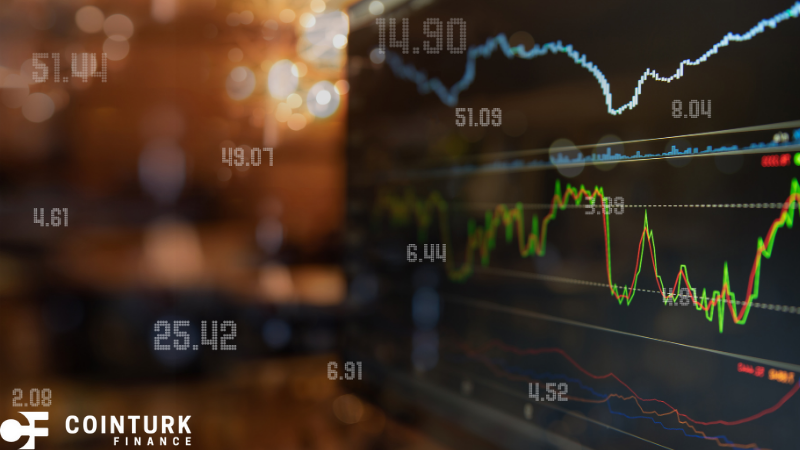With the stock market reaching new heights, investors are treading carefully amid potential volatility. Despite a host of risks, such as decreasing durable goods orders and uneven corporate earnings, the market shows resilience. Large tech firms like Apple (NASDAQ:AAPL), Amazon, and Meta (NASDAQ:META) Platforms are set to report their earnings, which could trigger significant market movements. Additionally, global tensions and internal political frictions pose further challenges to the current market stability. The possibility of a volatile shift is highlighted by signs of instability in key economic indicators. Investors’ focus on claiming rising market profits now contrasts with strategies to shield against possible downturns.
Reflected through the fluctuating volatility index (VIX), current market conditions echo previous scenarios where investor complacency led to abrupt corrections. Historically, sudden rises in VIX levels have often been precursors to significant market downturns, as investor confidence wanes. The market contextual landscape mirrors past patterns, with economic data, such as stable consumer durable orders, serving as resilience markers against looming geopolitical concerns.
What Strategy Ensures Stability?
To mitigate potential loss and assure portfolio stability, defensive investments have gained traction. The Vanguard Consumer Staples ETF (VDC) emerges as one such option. In reducing risks linked to abrupt market drops, this ETF favors companies that produce essential items. Companies like Procter & Gamble, Walmart, and Costco remain steadied by consistent consumer demand regardless of broader economic conditions.
How Does SPLV Offer Balanced Exposure?
Meanwhile, the Invesco S&P 500 Low Volatility ETF (SPLV) presents another safeguard. It focuses on incorporating stocks esteemed for their reduced price fluctuations. Its strategic diversification minimizes exposure to drastic losses often witnessed during market contractions. Notably, SPLV, through its selection of stable performers, remains a preferred option for those desiring continued investment in equities without severe volatility.
Investment sentiment has swayed towards these ETFs, as they provide a risk-buffered environment favorable for maintaining gains as the market braces for turbulence. Addressing investor sentiment, the investments are propelled by analysis of cyclical economic instruments.
“Even with the market climb, it’s crucial to plan for downside scenarios to protect assets,” remarked an investment strategist.
The growing inclination for these carefully structured investments signifies heightened market caution.
A nuanced aspect of these ETFs is their appeal during periods of potential downturns, owing to their configuration around historically reliable profit sectors. Defensive positioning amid economic uncertainty has both challenged and informed investment strategies.
In assessing these strategies, the exploration of economic resilience mechanisms and the execution of cautious returns seek to quell investor apprehension.
“Our focus remains on providing clients with robust tools to manage market unpredictability,” stated a representative from Vanguard.
These ETFs’ defensive core is critical in sustaining investor confidence.
An astute approach to recent market conditions necessitates addressing paradoxical investor dynamics. Avoiding rash decisions and understanding tactical investments contribute to potential mitigation of impending market corrections.










